Today I had the awesome experience of walking around the butterfly conservatory at the butterfly house. As a bonus, I was the only person in there which made it much easier to take a bunch of pictures. At the heart of this room is a gorgeous pond with a waterfall surrounded by plants I'm not used to seeing around here.
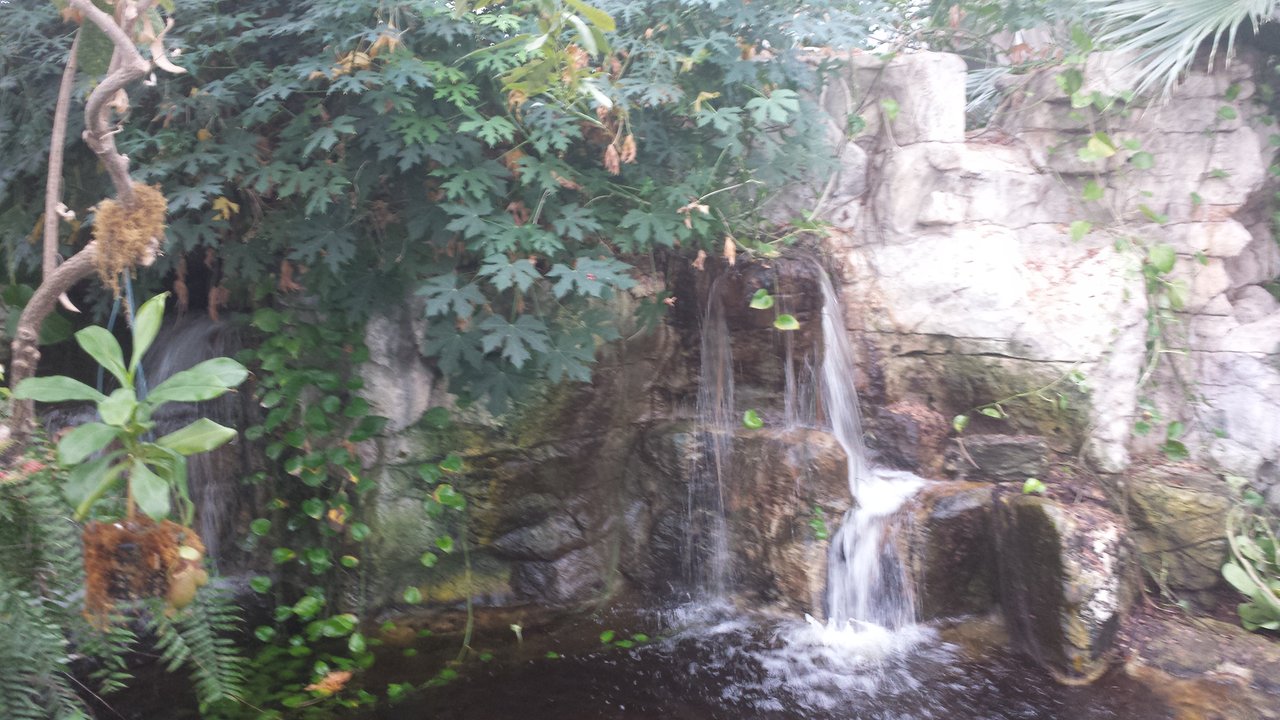
Since there are too many good ones to fit into one post, I'll be splitting these up a bit starting with a focus on butterflies and the next showing some of the plants and flowers.

In the lobby there is a display with dozens of butterflies laid over the geographic region they are commonly found.
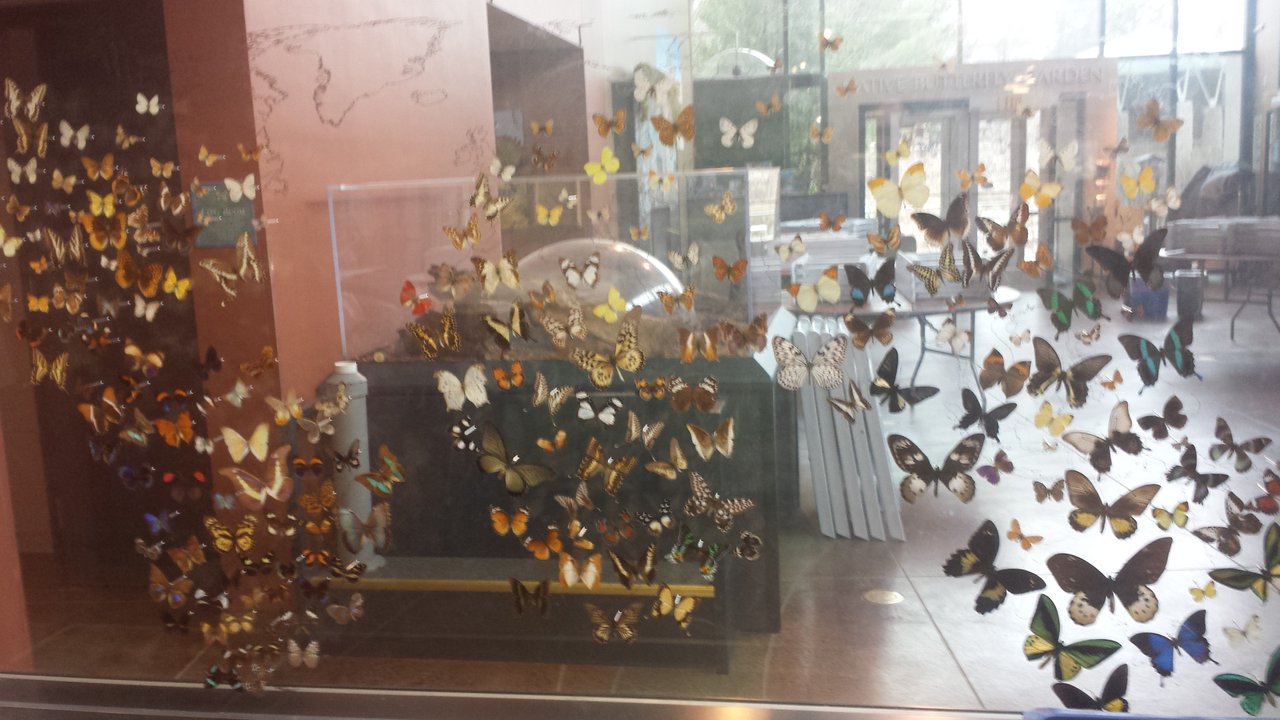
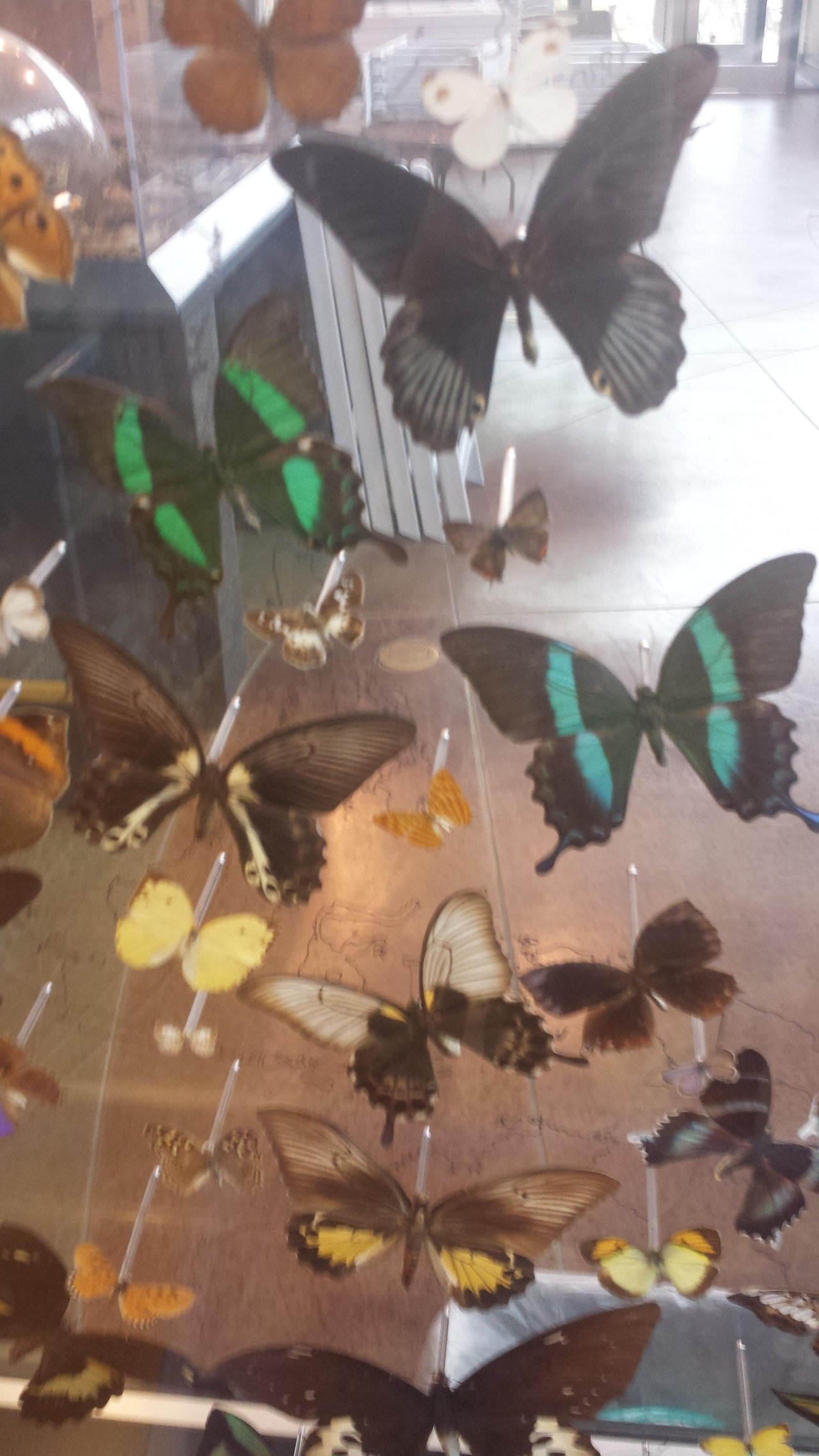
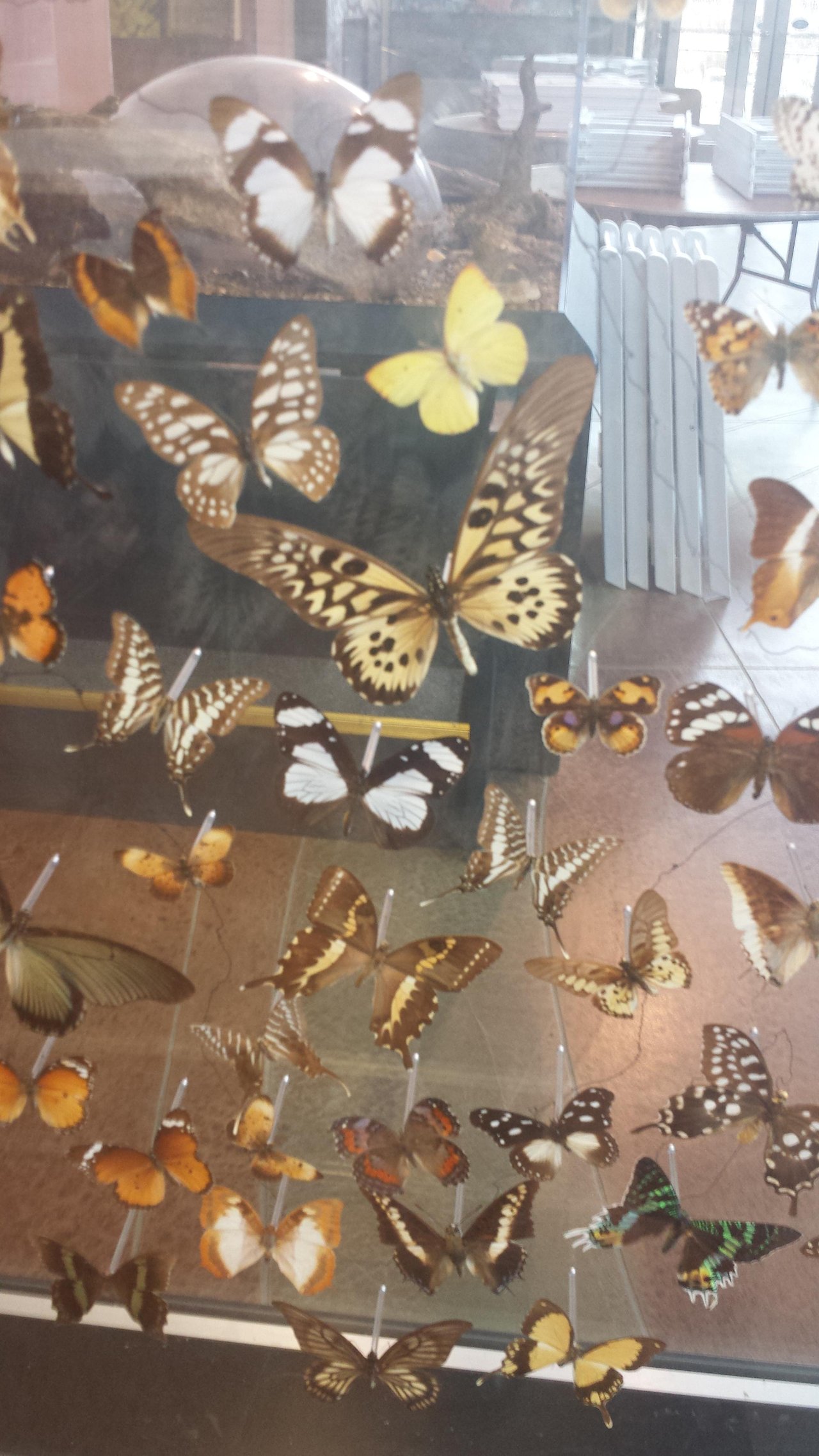
Once you go inside, the shear beauty can be a bit overwhelming, as well as the humidity. You have to be very careful as you move around so that you don't accidentally step on any butterflies. Since all of them are brought in from other areas of the world (central/south america, southeast Asia, etc) they also had to include plant life from those regions. Here are a few of my favorites from today and my best attempt to find what species they are.
[Note: I'm attempting to identify these butterflies by comparing to the species list on their website. Just let me know if something seems incorrect and I'd be happy to edit this post.]

Parthenos Sylvia
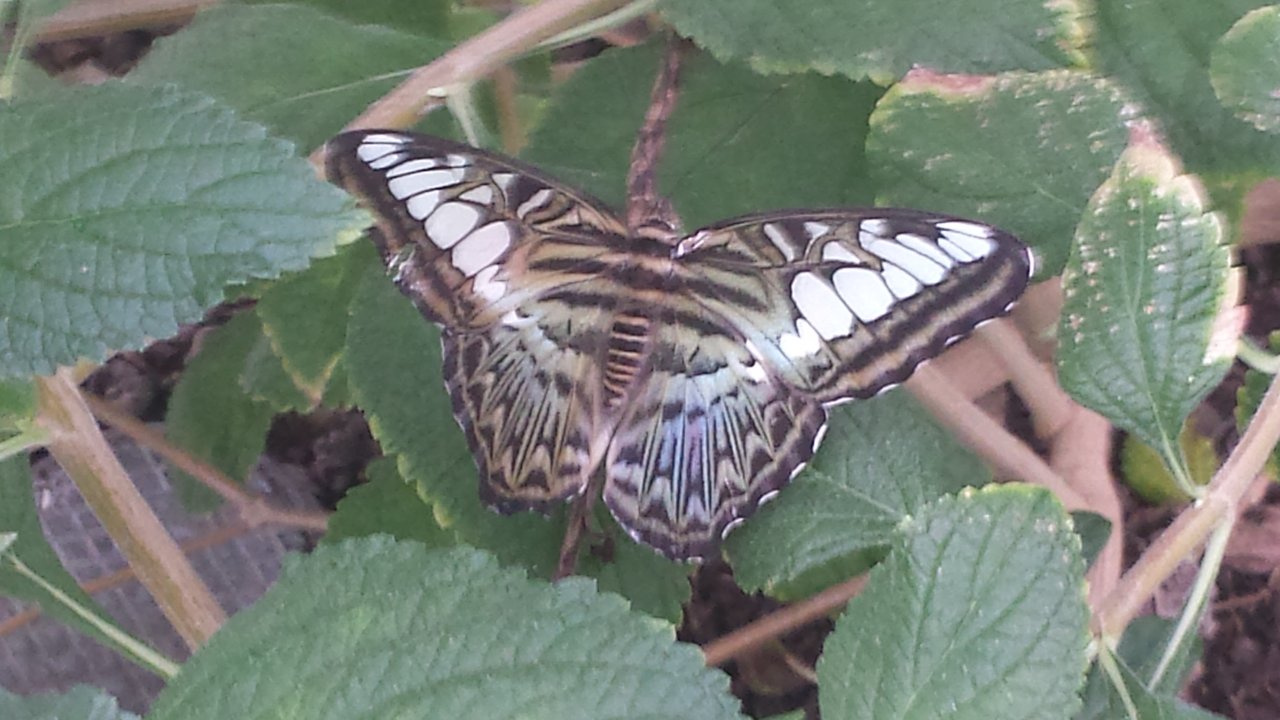
Commonly known as "The Clipper," this species is native to the Philippines (typically brown and cream colored) but can also be found in Malaysia (bright blue or green.)

Papilio Memnon
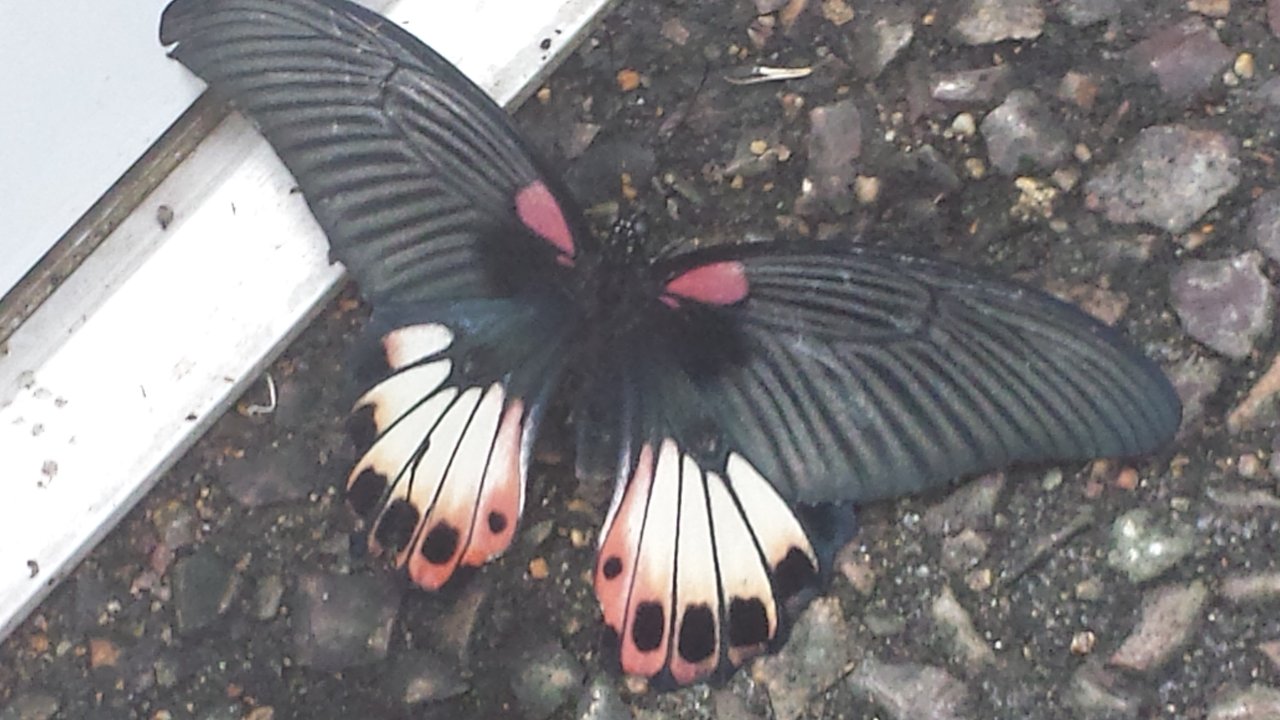
This butterfly's common name is "The Great Mormon" and is native to southeast Asia. Since they tend to eat citrus, there are some farmers who consider them to be a pest.

Hamadryas Amphinome
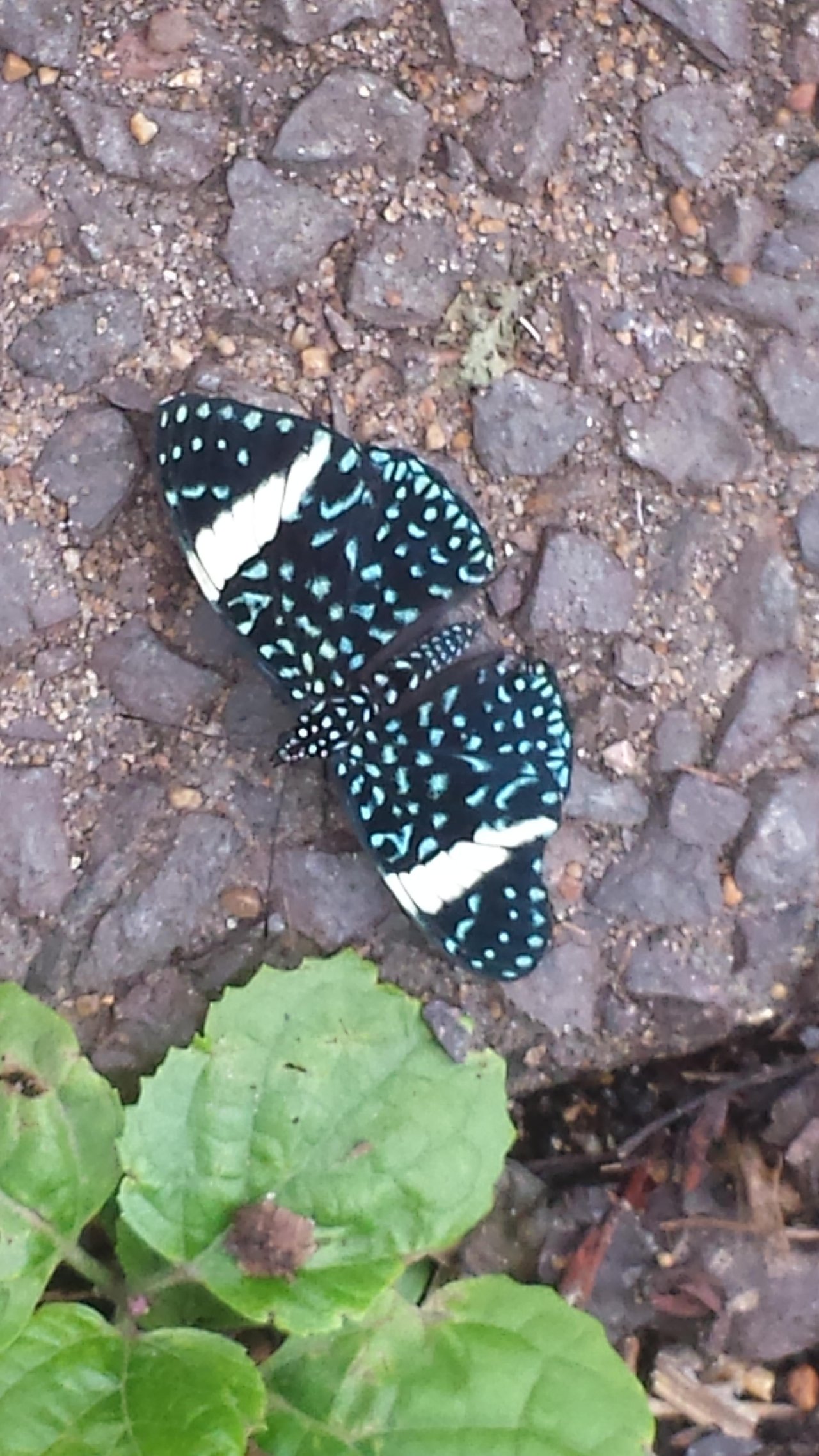
This native to central America is commonly called "Blue Cracker." While I didn't notice it while I was there, supposedly this butterfly species is one of the few to generate a clicking sound when defending it's turf.

Chrysalis Room
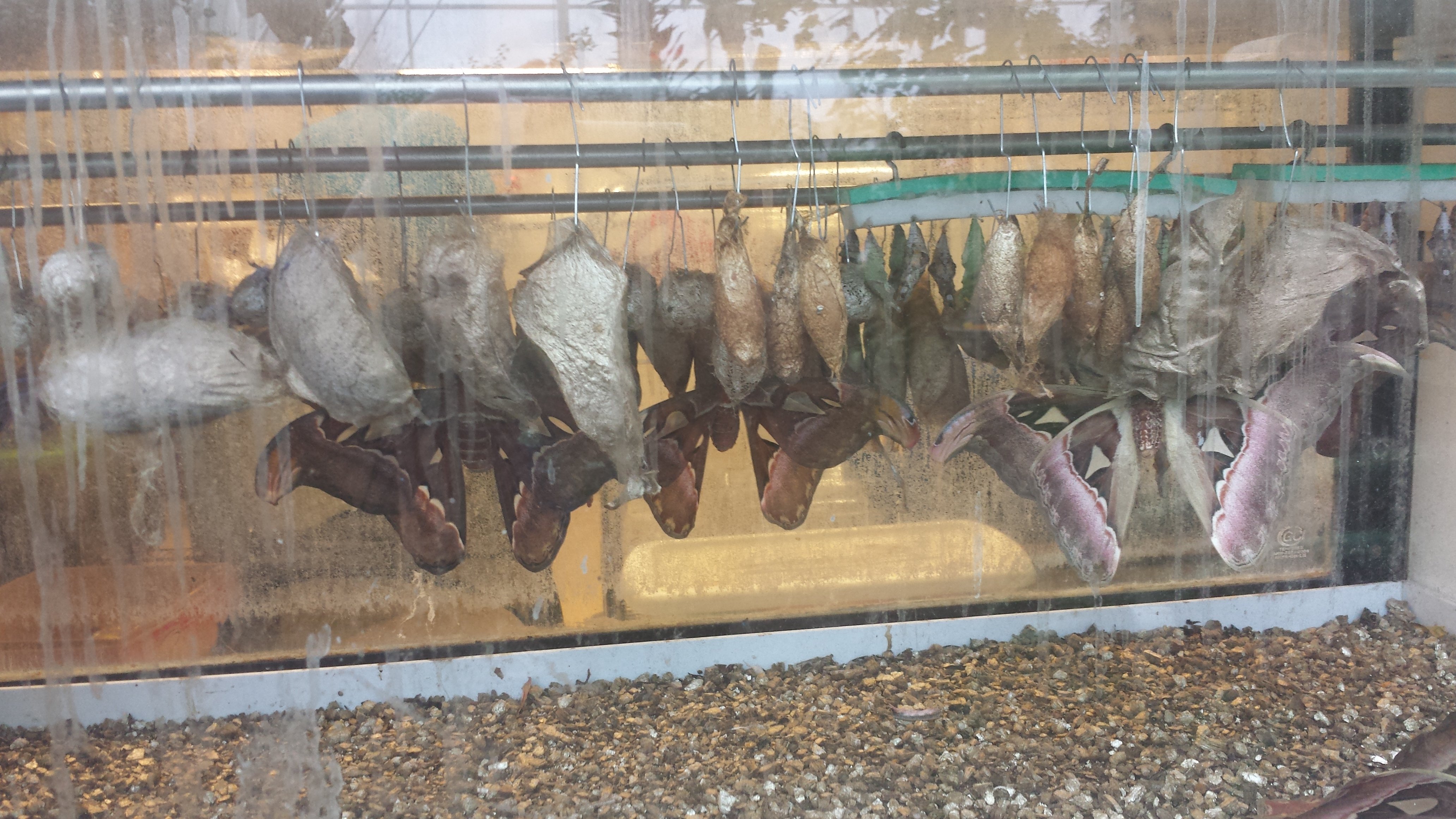
There are 8 aquarium size tanks with nothing but chrysalises. While most of them haven't come out of their shell just yet, you can see a couple of the biggies that have already emerged. Unfortunately I haven't yet been able to find a match when trying to identify either of these.
Morpho Peleides

This is the absolutely gorgeous Blue Morpho that's native to central and south America. This one easily had a five inch wing span and was one of the more difficult butterflies to photograph with it's wings open like this.


Are you new to Steemit and Looking for Answers? - Try https://www.steemithelp.net.


Image Sources:
All images were taken by me using a cell phone.
